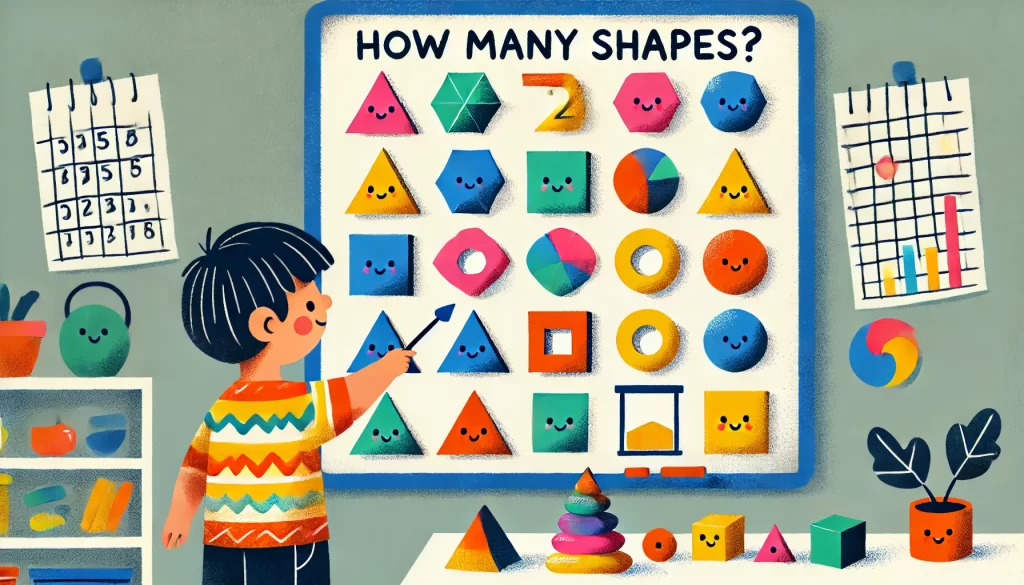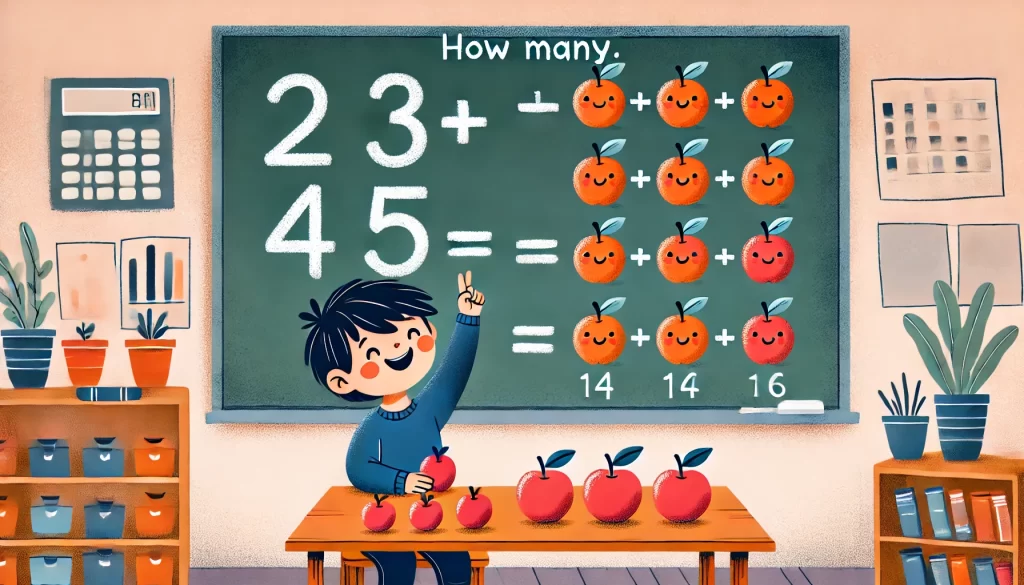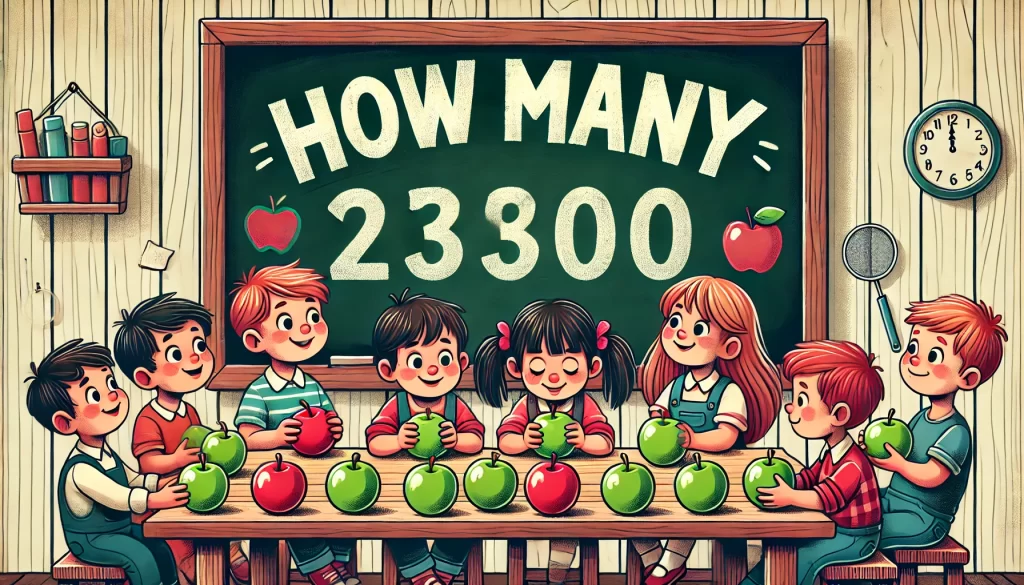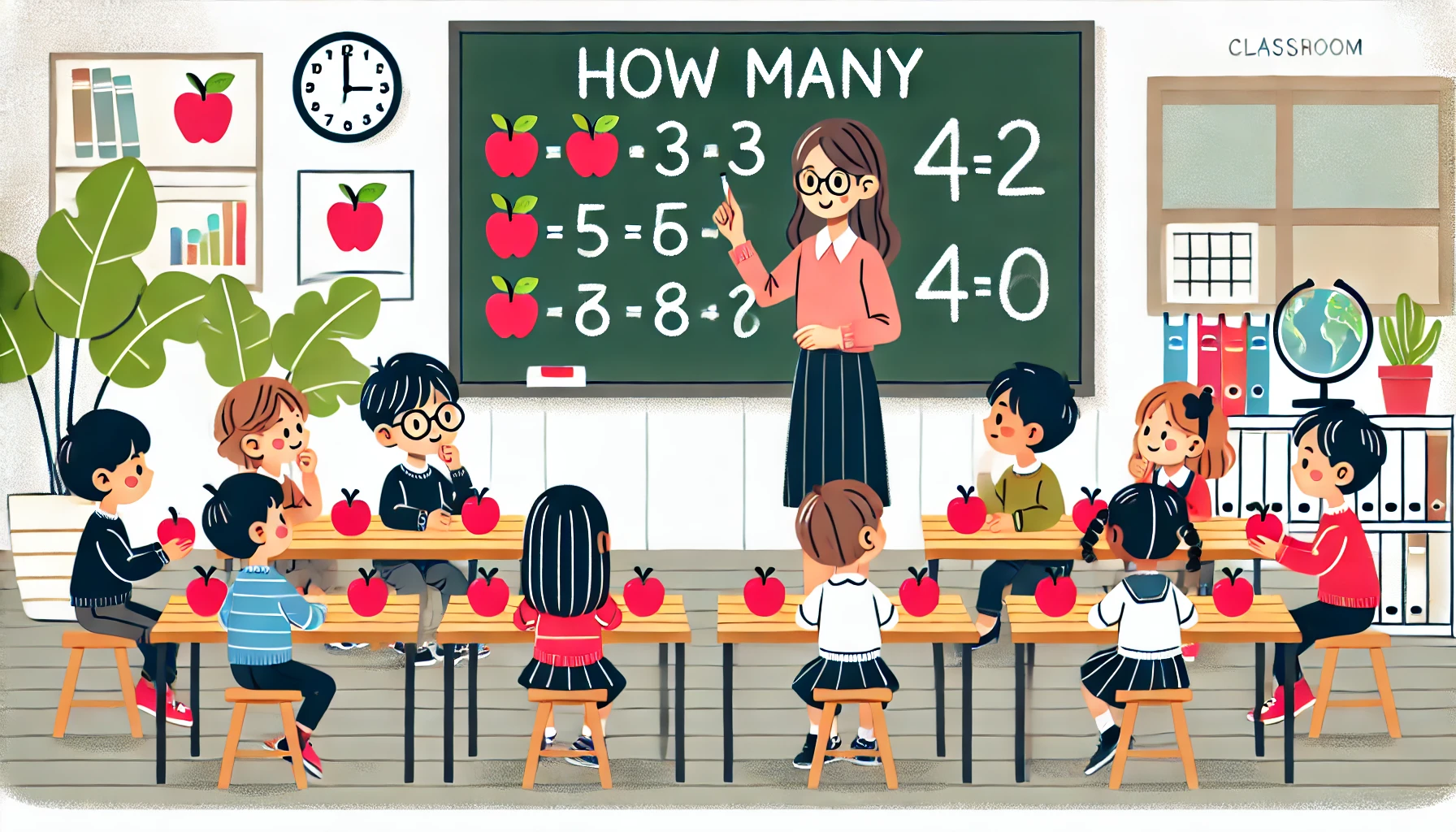Table of Contents
“What Does How Many Mean in Math?” is a math question. is fundamental to understanding quantities and numbers. Whether you’re learning basic arithmetic or solving complex equations, knowing what “how many” means helps to clarify a range of mathematical problems. In this article, we’ll explore the meaning of “how many,” look at its various uses in math, and learn why it’s so important.
What Does How Many Mean in Math?

So, what does how many mean in math? It’s simply asking for the total number or quantity of something. This question helps count or calculate the number of items, objects, or values in any given situation.
Say someone inquires, “How many apples are in the basket?” as an example. They are curious about the entire quantity of apples. This is a straightforward way of determining a specific amount.
How “How Many” Is Used in Basic Math
In everyday math, “how many” is often used to ask questions related to counting. Here are a few examples:
- Counting objects: “How many pencils are in the box?”
- Basic arithmetic: “How many students are in the classroom after five more join?”
These examples highlight the usefulness of the phrase “how many” in determining totals and sums.
Why Is “How Many” Important?

Understanding “What Does How Many Mean in Math?” is critical to unlocking many math concepts. Without grasping this, students can struggle to solve even fundamental math problems. It’s one of the first ideas kids learn when they start school and continues to be important in more advanced math.
Real-World Applications of “How Many”
“How many” is not just limited to the classroom. It is something we use in our everyday lives. Here are some examples:
- Shopping: “How many items are in my cart?”
- Cooking: “How many teaspoons of sugar should I add?”
- Traveling: “How many miles to the next city?”
Understanding how to answer these “how many” questions makes it easier to manage everyday tasks.
How to Answer “How Many” Questions in Math Problems
When you’re faced with a math problem, and it asks “how many,” you’re being prompted to find the total. You should add, subtract, or count to do this. Let’s break down the steps to solve a “how many” math question.
Step-by-Step Guide to Answering “How Many”
- Read the Problem Carefully: Look for the question asking “how many.”
- Understand What Needs to Be Counted: Are you adding, subtracting, or counting?
- Perform the Calculation: Solve the problem using the correct operation (addition, subtraction, etc.).
- Check Your Answer: Once you’ve arrived at an answer, double-check to ensure it’s correct.
Example of Solving a “How Many” Problem
Let’s solve an example:
You have 12 apples, and you buy 8 more. How many apples do you have now?
- First, recognize that the question asks for the total number of apples.
- Next, add 12 and 8 together.
- The total is 20. So, the answer to “how many” apples you have is 20.
This step-by-step approach will help you solve similar “how many” questions confidently.
Common Mistakes When Answering “How Many”

Even though answering “how many” seems easy, there are some mistakes people commonly make. Let’s look at a few so you can avoid them.
Misreading the Problem
Sometimes, students misread the problem and must realize they’re being asked for a total. Always make sure to read carefully.
Leaving Out Parts of the Total
Another mistake is forgetting to count everything. For example, if the problem asks how many total objects are in a set, include each item in your count.
Not Double-Checking the Answer
Even in simple calculations, mistakes happen. It’s important to double-check your math, especially when you’re adding or subtracting more significant numbers.
Advanced Uses of “How Many” in Math
As math advances, the concept of “how many” remains crucial. You’ll find it in algebra, geometry, and other branches of math.
“How Many” in Algebra
The phrase “how many” might refer to variables or unknowns in equations in algebra. For example, a question might ask, “How many solutions does this equation have?”
“How Many” in Geometry
In geometry, “how many” is often used when discussing shapes. For example:
- How many sides does a triangle have? (Answer: 3)
- How many angles are in a square? (Answer: 4)
Knowing how to answer these questions is crucial for understanding geometry.
How to Get Better at Answering “How Many” Questions
If you want to get better at answering “how many” questions in math, here are some simple tips:
Practice, Practice, Practice
The more you practice, the better you will recognize “how many” questions and solve them quickly.
Use Visual Aids
If you struggle with “how many” questions, using visual aids like drawings or counting tools can help. Seeing the items in front of you makes it easier to count and understand totals.
Break Down Complex Problems
For more advanced problems, break them down into smaller steps. This makes understanding each part of the problem easier before you calculate the total.
Now that we’ve answered “What Does How Many Mean in Math?” you can see how important it is to master this concept. Whether you’re solving a simple addition problem or working on algebraic equations, understanding “how many” is the foundation. From counting objects to solving for unknowns, this phrase is vital in helping you understand and succeed in math.
So, the next time you see “how many” in a problem, remember that it’s your key to unlocking the wonders of math!

